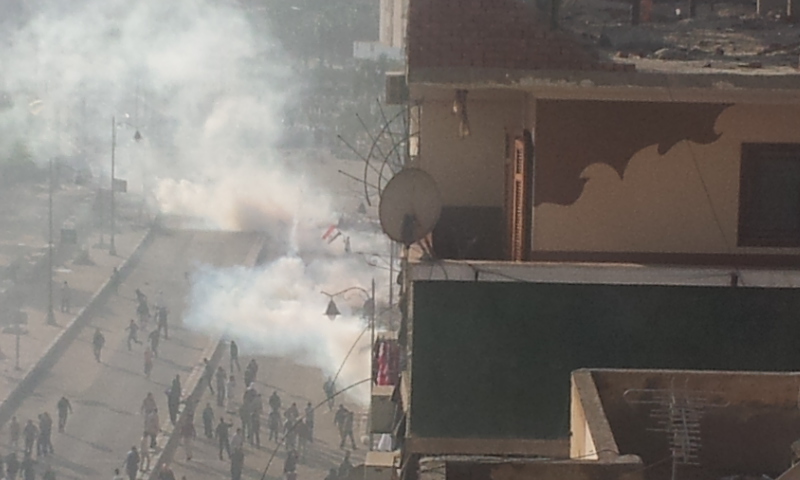CAIRO: Beachgoers are in for an extra treat this week as the Perseids meteor shower makes its annual August comeback.
A spectacular celestial show of hundreds of meteors will be visible with the naked eye across the night sky. Perseids meteor shower occurs when the Earth s orbit intercepts the orbit of comet Swift-Tuttle, which was discovered by American astronomers Lewis Swift and Horace Tuttle in 1862.
Comet Swift-Tuttle takes 130 years to make a full circle around the sun, leaving behind a tail made of an endless sea of debris that breaks from the comet nucleus.
When both orbits intercept, debris, ranging from the size of a grain of sand to that of a tennis ball enters the earth s atmosphere at speeds of nearly 60 km per second; friction with air causes the debris to heat to up to 1,500 degrees Celsius to give the visible glow.
The combination of extreme speed and temperature causes a majority of the meteors to vaporize, giving rise to what is known as shooting stars.
Less frequently, larger meteors explode with a popping sound that could be heard from earth. Meteors that are big enough to withstand the intense heat and reach the earth s surface are called meteorites.
The prospects for spotting the Perseids increase dramatically the further you go from cities, said Salah Mahmoud, President of the National Research Institute of Astronomy and Geophysics (NRIAG), and Head of the Geodynamics Department told Daily News Egypt.
Big cities create a cone of diffused light that could stretch for up to a 100 km horizontally and 20 km vertically, rendering the sighting of the faint shooting stars almost impossible.
This is perhaps why vacationers will be able to enjoy the best prospects for this year s Perseids meteor shower by moving away from the scattered beach resorts that produce much less photo pollution than the capital and major cities.
The Perseids peaked at around 2 am yesterday, but they will still be fairly visible for several nights after that.
Stargazers with favorable observation conditions will be able to see from 60 to 90 meteors streaking across the night sky in a breathtaking celestial show that lasts until just before dawn.
Unlike its pervious visit when the moon s bright light greatly reduced prospects for last year s Perseids observation, the moon will be new beginning tonight, and so will not interfere with the celestial show.
The Perseids get their name because they appear to emanate from constellation Perseus in the northwestern part of the sky.
Comet Swift-Tuttle was last seen in 1992, but was too faint to be seen with the naked eye. According to astronomical calculations, it will be seen once again in 2126 as a spectacular naked-eye comet like Comet Hale-Bopp.


